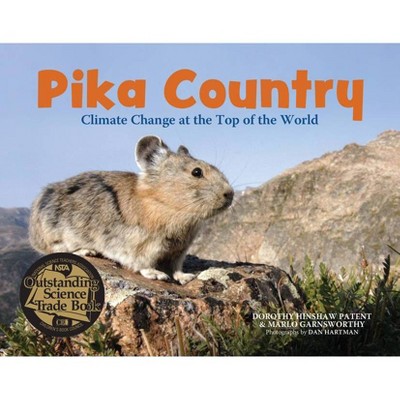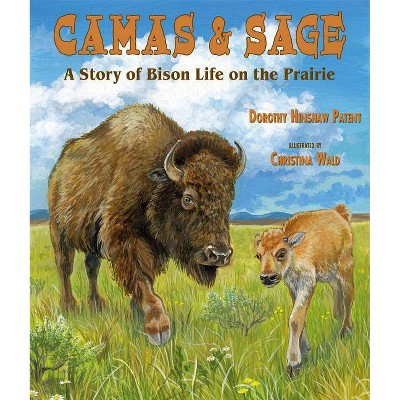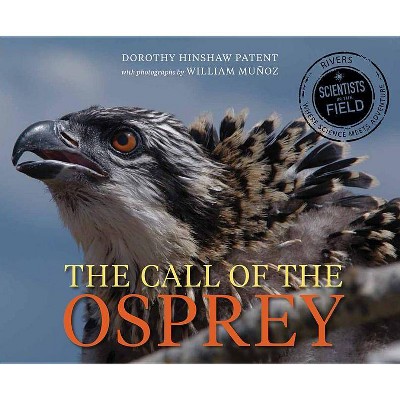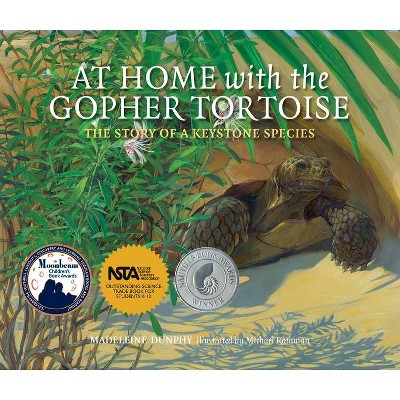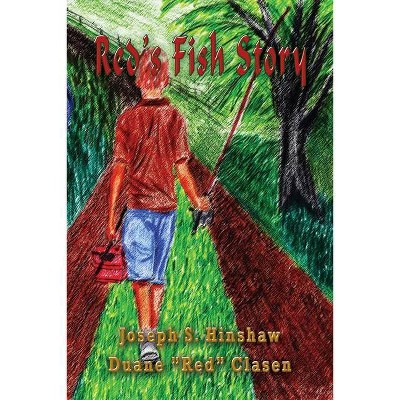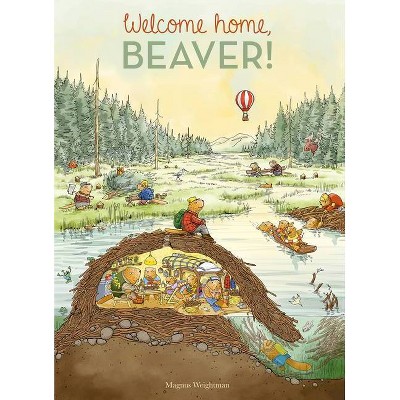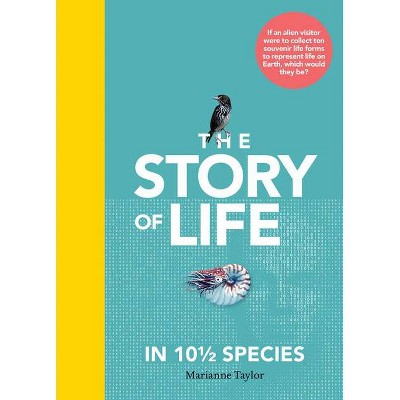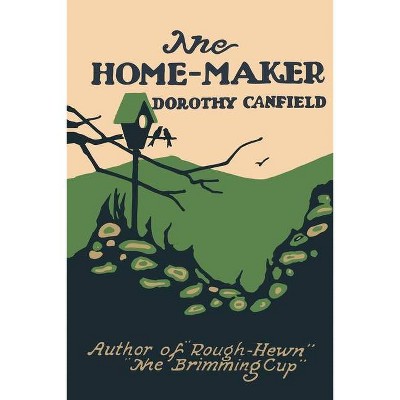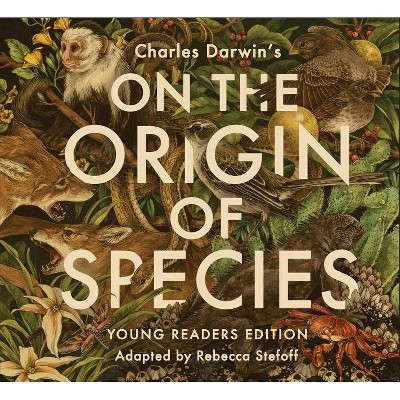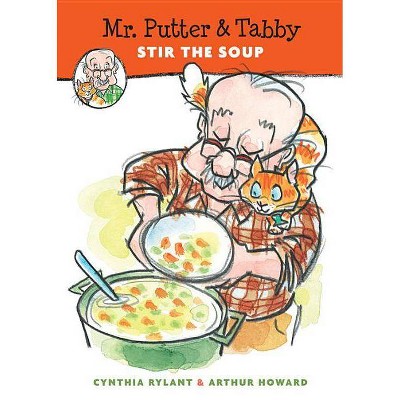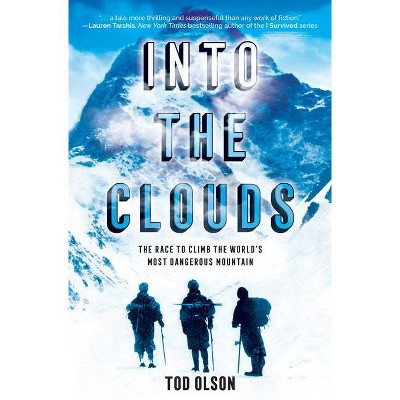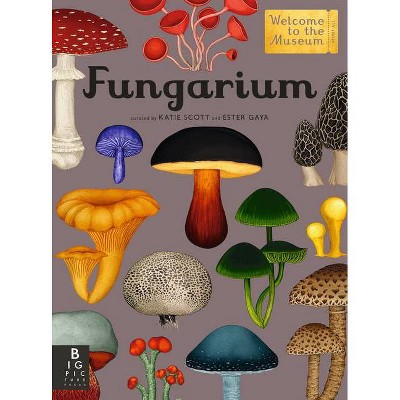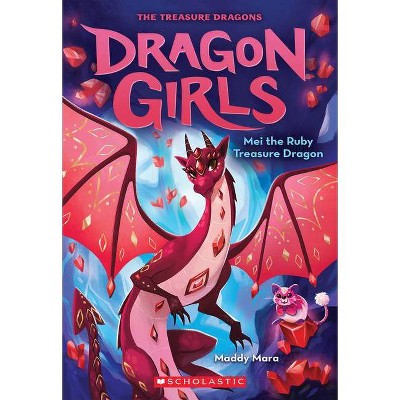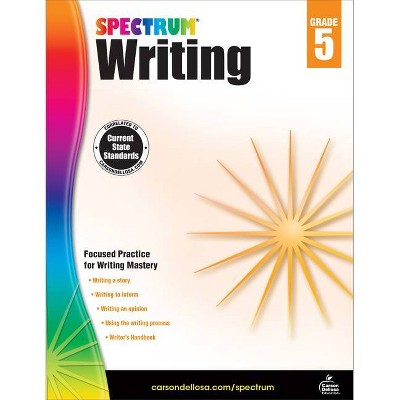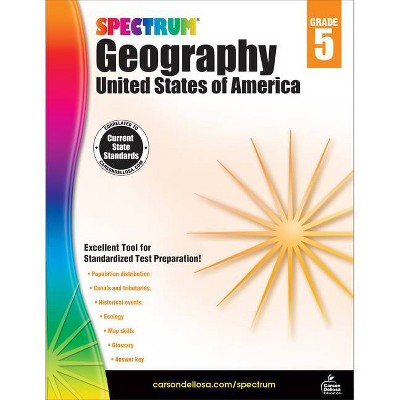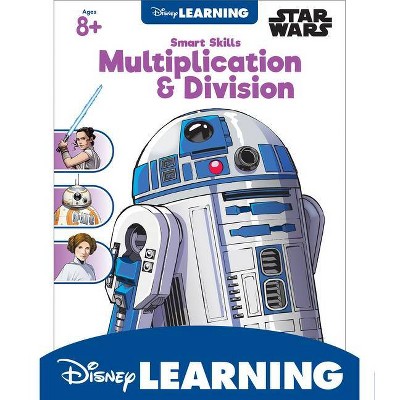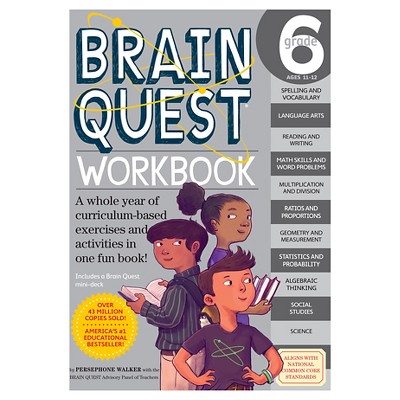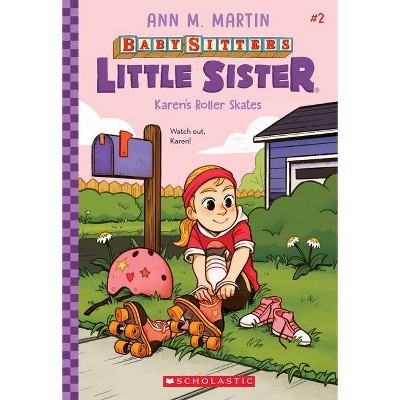At Home with the Beaver - (Story of a Keystone Species) by Dorothy Hinshaw Patent (Hardcover)
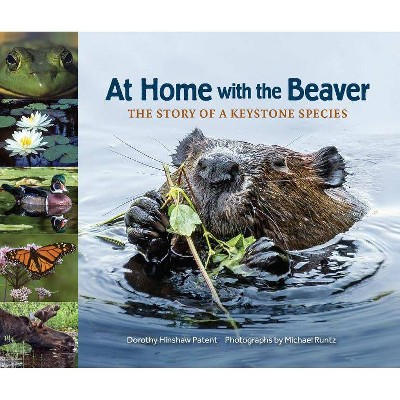
Similar Products
Products of same category from the store
AllProduct info
<p/><br></br><p><b> About the Book </b></p></br></br><b>By building a dam, beavers have not only created a home for themselves, but have also provided a habitat for hundreds if not thousands of other life forms.</b><p/><br></br><p><b> Book Synopsis </b></p></br></br><br><b>Did you know that beaver ponds provide habitat for hundreds if not thousands of life forms?</b></br><br>Using their extremely strong teeth, beavers chop down trees to build a dam. The dam creates a pond that is habitat for everything from algae to giant moose. After creating the pond, the beavers build a lodge. The lodge is sometimes used by other animals besides beavers. Muskrats may live inside the lodge either with or without the beavers, or geese may build their nest atop the lodge. The dam itself is used as a bridge to cross the water by deer, ducks or any other number of creatures. The pond is home to numerous life forms. Lily pads grow in the pond and frogs sit on lily pads to catch flies.</br> <br>Learn about the pivotal role beavers play in making all of this life possible. Gorgeous photos and inviting text make AT HOME WITH THE BEAVER: THE STORY OF A KEYSTONE SPECIES a must have for young naturalists hoping to learn more about the interconnectedness of life.</br><br>Other Books in the Series: AT HOME WITH THE GOPHER TORTOISE: THE STORY OF A KEYSTONE SPECIES.</br><p/><br></br><p><b> Review Quotes </b></p></br></br><br><br><b>Named one of The Best Children's Books of the Year by the Children's Book Committee and the Bank Street College of Education</b></br><br>"By cutting down trees to make a dam across a creek, a pair of beavers create a pond. In its center, they build their lodge, a home where they can raise their young. Meanwhile, the beavers' two construction projects have changed their environment, creating a new network of small and large organisms within the pond and beyond it, where water seeps through the soil to support grasses and other plants that now have more sunlight, since the beavers have felled a number of trees. Because of its enormous impact in forming and supporting a diverse ecosystem, the beaver is knows as a keystone species. A zoologist who has written many fine science books for children, Patent explains the concept clearly, presents an overview of the pond, and introduces some of the wildlife in and around it. Whether showing a broad view of the pond or focusing on a particular bird, Runtz's color photos illustrate the text well. With a sense of immediacy and crisp clarity, each picture invites viewers to look closely at the animals and their surroundings. An enlightening companion book to Madeleine Dunphy's 'At Home with the Gopher Tortoise: The Story of a Keystone Species' (2010) and an informative addition to library collections." starred review--<i>Booklist</i></br><br>Up-close and personal with a critically essential wetlands animal. Beavers are known as a keystone species because the dams they build from logs, sticks, and mud create ecosystems--ponds--that provide habitats and sustenance for a vast variety of life forms that dwell in and around the ponds, including plants, insects, fish, snakes, reptiles, amphibians, birds, and other mammals. These sturdy rodents' gifts keep on giving even beyond the ponds: Pond water irrigates surrounding vegetation, and the spaces left by trees beavers cut down with their strong, sharp teeth allow for more sunlight to pour down on the greenery. How important are beavers? This biodiversity likely wouldn't exist without their hard labor. The author offers up these and other fascinating facts in clear, pithy, accessible prose, expressed in a conversational tone, including the tidbit that other animals may help themselves to beavers' own lodges--sometimes even when the beavers are still living in them. The well-written, economic text, presented on the recto of double-page spreads, is handsomely supported by excellent, high-quality color photos on facing pages; these feature close-ups of some of the plants and wildlife that inhabit a pond and its idyllic surrounding landscape. A fine browse for young animal lovers and a good, basic choice for report writers. (author's note, websites) (Informational picture book. 6-9)--<i>Kirkus Reviews</i></br><br>'At Home with the Beaver: The Story of a Keystone Species' is a nonfiction children's picturebook about much more than beavers. 'At Home with the Beaver' examines how the beaver's dam creates a pond habitat that a multitude of other plants and animals depend on for survival, especially those that need still water instead of rapidly flowing water. From frogs to ducks to plants, fish, snakes, and even fierce predators, all sorts of different living things are connected through the keystone, dam-building beaver. Captivating, full-color photography of wildlife in its natural habitat distinguishes this treasure for school and public library picturebook collections.--<i>Midwest Book Review</i></br><br>"While most kids know beavers are builders, they probably don't realize the enormous impact this busy animal has on the environment. But beavers create a place for 'thousands of living things of all sizes, shapes, and colors' to live, nest, and find food. That is why beavers are considered a keystone species. When beavers cut down trees to build their lodges and dams, the increase in water and sunlight changes the environment. The diminished forest and the newly created pond allows plants to grow, which, in turn, provides food and shelter to animals. Photographs illustrate for young readers the plethora of living organisms the beaver pond invites, as well as the interconnections between plants and animals. For example, the joe-pye weed is food for monarch butterflies, the cattails provide a nesting place for red-winged blackbirds, and the water-lily pads hold green frogs. Likewise, dragonflies lay eggs on plant stems, turtles sun on fallen logs, and salamanders lay their eggs in the water. Bigger animals, such as moose, foxes and raccoons are drawn to drink and hunt, and a variety of birds frequent the beaver pond in search of insects, as well. Even the beaver lodge itself can be a home to wildlife, such as muskrats and Canada geese. Finally, readers will see how micro-organisms beneath the surface of the water are part of a food chain that begins with these tiny organisms. From green algae to water flea to backswimmer to bass to kingfisher, each organism eats and gets eaten. The labeled photographs and clear text allow children to fully grasp the interconnections in this unique environment and the "crucial role of beavers in the ecosystem." Backmatter offers additional information about beavers and details the efforts being made to recognize and protect this important keystone species."--<i>Children's Literature</i></br><br>"Beavers make ponds that thousands of species depend on and zoologist Dorothy Hinshaw Patent has written this book to teach us all about it. By building a dam and lodge, this keystone species provides a wet, sun-filled habitat for plants, insects, and other animals. Many of these living things are included in exquisite photographs that fill the pages. The author mentions well-known water-loving creatures like ducks and frogs, but also species less commonly discussed like water fleas, damselflies, and jewelweed. While not specifically intended as a pond species identification guide, this book has labeled photographs that can certainly help children, their parents, and their teachers better notice and name living things in their neighborhood ponds. From food webs to shelter, the concepts in this book are useful for getting readers to think about connections among species and the roles beavers play."<i>--Green Teacher</i></br><br><p/><br></br><p><b> About the Author </b></p></br></br>Ph.D. zoologist <b>Dorothy Hinshaw Patent</b> uses her scientific training to write books about the natural world for young readers. The author of more than 100 books for children, Dorothy is the recipient of many awards, including the Washington Post-Children's Book Guild Award for Nonfiction, the New York State Reading Association Charlotte Award, and the Edward O. Wilson Biodiversity Technology Pioneer Award. Dorothy is also a member of iNK.Think.Tank.org, a nonprofit that offers videoconferencing directly between children's nonfiction authors and classrooms. Dorothy lives in Missoula, Montana, with her husband Greg. To find out more about Dorothy, please visit her website at www.DorothyHinshawPatent.com. <p/><b>Michael Runtz</b> is the author and photographer of the renowned book, Dam Builders: The Natural History of Beavers and Their Ponds. Michael hosted the international television series Wild by Nature, authored and illustrated with his award-winning photos twelve natural history books, and has written more than 1,000 newspaper and magazine articles. Michael teachers Natural History and Ornithology courses at Carleton University, and has received numerous awards, including the Council of Canadian University Biology Chairs Distinguished Public Science Education Award and the Carleton University Lifetime Achievement Award. He lives with his better half Ann Mayall in Ontario, Canada.
Price History
Cheapest price in the interval: 13.99 on October 22, 2021
Most expensive price in the interval: 13.99 on December 20, 2021
Price Archive shows prices from various stores, lets you see history and find the cheapest. There is no actual sale on the website. For all support, inquiry and suggestion messagescommunication@pricearchive.us
